Neil Young’s live album Time Fades Away was recorded during his 1973 tour which followed the release of his smash hit album Harvest. This is not your typical live album, consisting of all previously unreleased tracks. While none of these songs achieved the same mainstream success as Harvest, you may be familiar with a few including the title track Time Fades Away and Journey Through the Past.
Neil was set to tour with The Stray Gators, the band that he recorded Harvest with, but felt they could use one more guitar player. Neil called his friend Danny Whitten who was the guitar player in Crazy Horse. Danny accepted the offer and went to Young’s home for rehearsals. Unfortunately Danny was so messed up on heroin that he couldn’t keep up with the band and kept forgetting his parts. Neil decided that he had to fire Danny and sent him home buying him a plane ticket and giving him a small amount of cash. Sadly Danny overdosed that same night and died.
This tragic loss weighed heavily on Neil and as a result he was an emotional mess during this tour. This album is noticeably darker sounding than Harvest and his depression and attitude is evident throughout. Fans were not always happy seeing this tour as they were expecting Neil to play the same style music he played on Harvest. As is typical with Neil Young, he does not cater to people’s expectations but this was not as widely known in 1973.
The fans were not the only people not satisfied, Stray Gators drummer Kenny Buttrey wasn’t able to handle Neil’s emotional mess resulting in him leaving the tour early. He was replaced by drummer Johnny Barbata who was the former drummer of The Turtles, CSNY and Jefferson Airplane. None of Kenny Buttrey’s recordings made it on Time Fades Away. Although the remainder of the Stray Gators continued on the tour, there was constant tension throughout the band adding to the darker feel of these performances.
Being a difficult time in Neil’s life, he has never been happy with this album. Because of this, he still refuses to rerelease the album and it has yet to be put out on CD. This of course makes the original vinyl more collectible. If you come across this album in your vinyl hunts it is definitely worth checking out. It is a completely unique sound compared to any of Neil’s other releases. It’s interesting to hear the emotions of all the musicians through their playing on this tour. It really paints a picture of what Neil and the Stray Gators were feeling at this point in their lives.
This tragic loss weighed heavily on Neil and as a result he was an emotional mess during this tour. This album is noticeably darker sounding than Harvest and his depression and attitude is evident throughout. Fans were not always happy seeing this tour as they were expecting Neil to play the same style music he played on Harvest. As is typical with Neil Young, he does not cater to people’s expectations but this was not as widely known in 1973.
The fans were not the only people not satisfied, Stray Gators drummer Kenny Buttrey wasn’t able to handle Neil’s emotional mess resulting in him leaving the tour early. He was replaced by drummer Johnny Barbata who was the former drummer of The Turtles, CSNY and Jefferson Airplane. None of Kenny Buttrey’s recordings made it on Time Fades Away. Although the remainder of the Stray Gators continued on the tour, there was constant tension throughout the band adding to the darker feel of these performances.
Being a difficult time in Neil’s life, he has never been happy with this album. Because of this, he still refuses to rerelease the album and it has yet to be put out on CD. This of course makes the original vinyl more collectible. If you come across this album in your vinyl hunts it is definitely worth checking out. It is a completely unique sound compared to any of Neil’s other releases. It’s interesting to hear the emotions of all the musicians through their playing on this tour. It really paints a picture of what Neil and the Stray Gators were feeling at this point in their lives.








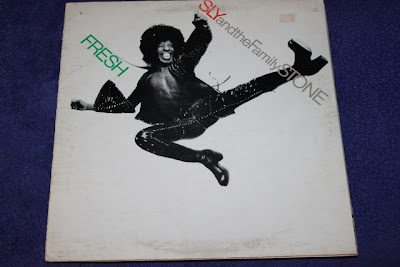.jpg)
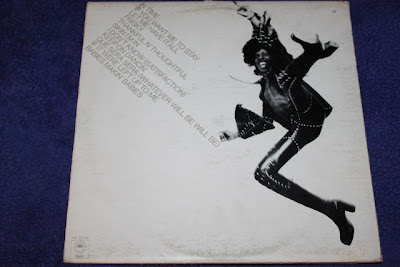.jpg)
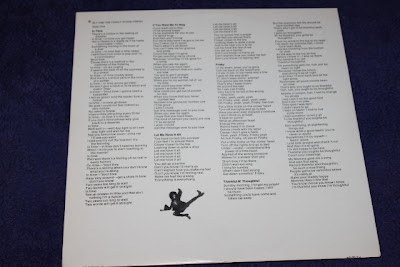.jpg)
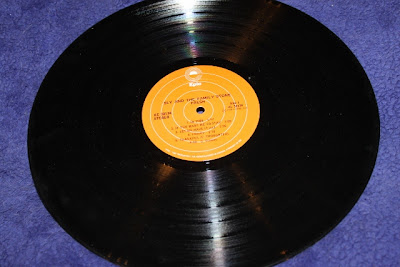.jpg)
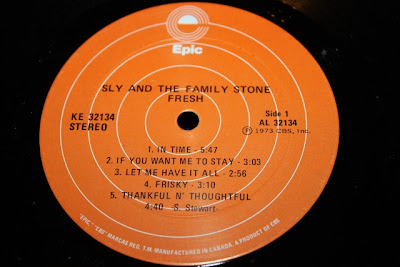.jpg)
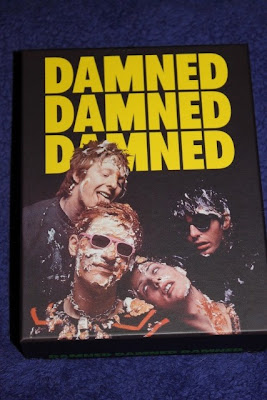.jpg)
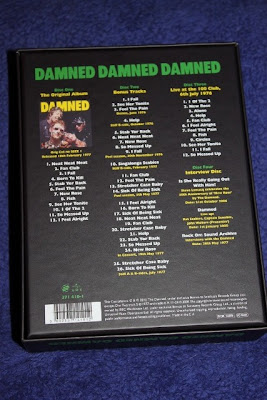.jpg)
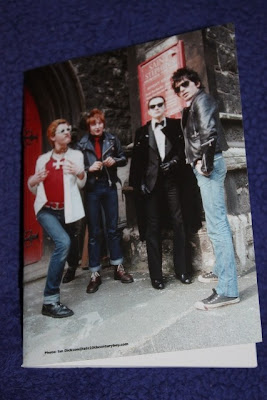.jpg)
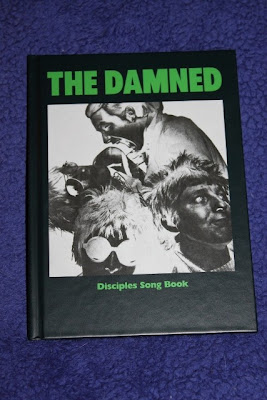.jpg)
.jpg)
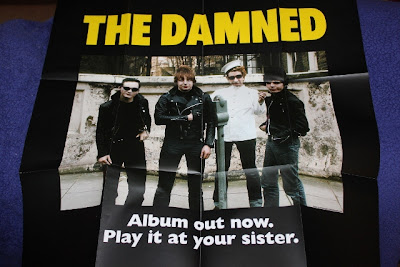.jpg)
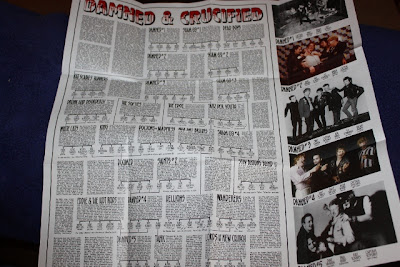.jpg)
.jpg)
.jpg)
.jpg)





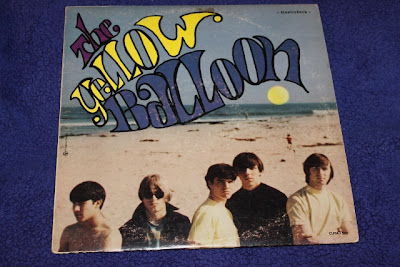.jpg)
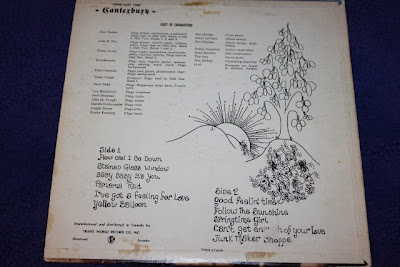.jpg)
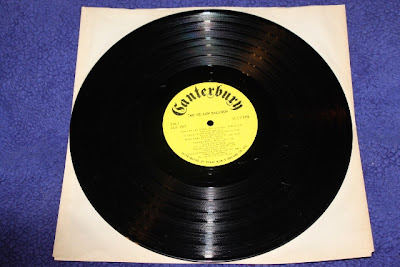.jpg)
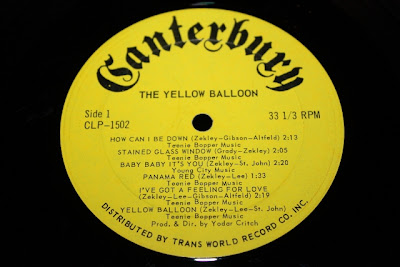.jpg)